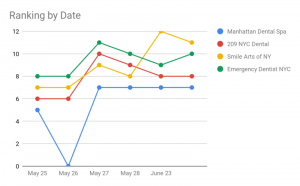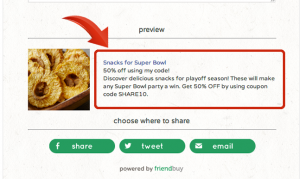
Why should you think so much about backlinks? Yes, the number of links pointing to your site definitely showcases your prominence to Google, but it also boosts other factors that decide your page’s ranking. When a user types a keyword, Google checks over 200 criterions with its Spider and returns a list in under half a second. With links, you can check most of those 200 boxes and get on that coveted page 1. Find out why you need to build links along with its types and what all you must keep in check.
Why create Links at all?
Why Wikipedia and YouTube always feature in the first page? It’s because a number of other websites point to their content. This makes Google think that whatever is in those pages must be relevant. This is reason number 1. Another reason is to make your site visible to a search engine’s algorithm.
Say someone types in “What Lions eat?” Google or Yahoo will then start looking into all its pages for content describing Lions. Say it hits a page where your link is posted. After crawling this particular page, it will automatically redirect itself to your website and read it. This way, you somehow overtook other web pages and stood in front of the whole queue. Here is why you need links.
How to create Links?
Now that the necessity is established, let’s move on to how to create backlinks. Instead of elaborating it in the old-school step-by-step format, let me tell you the types of backlinks in existence and answer how to build them on those lines. Read on.
1. Organic Links:
Okay! You cannot create these. These are natural links that come to your web page naturally as someone somewhere reading your page considered it to be relevant and posted a link on his/her page. Take a note that Google imparts a very high value to such authentic links and your SERP will get boosted to quite an extent.

A word of caution here would be to remember that not all natural links come with a good intention. If the backlink is natural and is connecting Lions to parrots, Google will de-rank you considering it as spam. So, do not just sit back when you receive one, keep a watch.
2. Self-created Links:
These are what you create. How? By commenting on blogs or forums or creating site-wide links. You have complete control over this, so keep things in the relevant zone. For instance, comment on a question-answer post about Lion’s diet chart with your link. You may also hunt out blogs about Lions and wildlife and showcase yourself there.
Remember, these links do not ensure that Google will look at you as a relevant website but it will definitely increase your traffic. The people taking part in that Lion’s diet session may consider checking your site out and this, in turn, will help your SERP.
3. Outreach Links:
What if a high-priority blogger just wrote about Lions and is currently featuring on Google’s first page? Wouldn’t it be great to have a backlink from here? So, what you do is drop a mail to this person and cordially request a backlink. In turn, you will also have to return the favor back. This way, you somewhat created a long-term SEO relationship that is win-win for you both.
Again, things must be relevant, and your content must be great. The blogger will never consider your site if your content deviates from Lions. Google will treat this as spam while crawling his page. Penguin also keeps an eye over all.

Parting thoughts:
The process is time-consuming but definitely bears fruit. In words of Google, you can improve your site’s rankings by creating those effective backlinks. There are hundred other factors that search engines consider while indexing a page and backlinks are the perfect way to tick most of those boxes. Develop impressive content and go linking!
Digital & Social Articles on Business 2 Community(137)
Report Post







